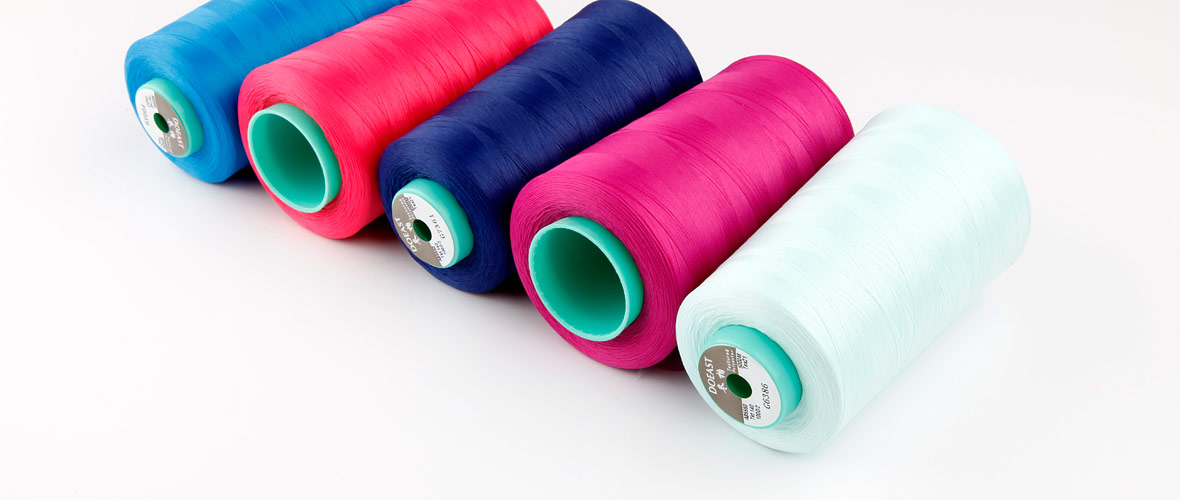
Understanding Textured Sewing Threads
Textured sewing threads are threads that undergo a specialized manufacturing process to alter their structure and appearance. Unlike conventional smooth threads, textured threads possess intentional irregularities, such as twists, coils, or loops. These variations in texture add depth, dimension, and visual interest to the stitches, making them stand out in sewing projects.
Types of Textured Sewing Threads
Wooly or Fuzzy Threads: These threads have a fuzzy texture reminiscent of wool. They create a fluffy, soft effect, adding warmth and texture to fabric surfaces. Wooly threads are often used in applications like quilting, embellishments, and decorative stitching.
Slub Threads: Slub threads have thick and thin sections along their length, resembling natural fibers. They create an uneven appearance when stitched, offering a rustic or organic look to fabrics. Slub threads are popular for sewing garments, upholstery, and handmade accessories.
Metallic Threads: Metallic threads are made by wrapping metallic foil or fine metal fibers around a core thread. They add a shimmering and glamorous effect to embroidery, decorative stitching, and festive projects. Metallic threads come in various colors, offering a wide range of options for creative endeavors.
Benefits of Textured Sewing Threads
Enhanced Visual Appeal: Textured threads provide depth and texture to stitched designs, adding visual interest and uniqueness to sewing projects. They can transform simple patterns into captivating works of art.
Decorative Embellishments: Textured threads are excellent for creating decorative stitches, embroidery, and embellishments. They can be used to outline designs, fill in areas, or create textural effects such as ruffles or tufts.
Versatile Applications: Textured threads are suitable for a wide range of sewing projects, including quilting, home decor, fashion, accessories, and crafts. Their versatility allows for experimentation and exploration of different sewing techniques.
Accentuated Details: By using textured threads, you can emphasize certain aspects of a design or highlight specific areas in your sewing projects. This can be particularly useful when working on intricate patterns or adding texture to plain fabrics.
Unique Textures: Textured threads enable the creation of unique tactile experiences in textile projects. The different textures and finishes offer a sensory element that enhances the overall quality and craftsmanship of the piece.
Projects Ideal for Textured Threads
Quilting: Textured threads can add dimension to quilt blocks, emphasize quilted patterns, or create beautiful topstitching effects.
Embroidery: Textured threads are perfect for creating intricate and visually striking embroidery designs. They can be used for outlining, filling, or creating surface textures.
Home Decor: Adding textured threads to curtains, pillow covers, or wall hangings can elevate the overall aesthetics of home decor projects.
Clothing and Accessories: Textured threads can be incorporated into garments, bags, and accessories to add visual interest and unique details.
Textured sewing threads offer a wide array of creative possibilities for sewing enthusiasts and textile artists. With their ability to add depth, texture, and visual appeal to sewing projects, these threads are becoming increasingly popular. Whether you are working on quilting, embroidery, home decor, or fashion projects, incorporating textured threads can elevate your craftsmanship and bring your designs to life.

 English
English Chinese
Chinese Japan
Japan


